- How solar battery storage works
- Introduction to solar battery storage
- Tesla Powerwall battery solutions
- What Do Solar Batteries Look Like – and Where Can I Install Them?
- What Size Solar System Should You Have When Adding a Battery
- What’s the Real ROI on Solar and Battery Systems in 2025?
- When are batteries worth it? Solar energy battery viability.
- Which Solar Battery Is Right for Your Home?
- Does Solar Increase Property Value in Shoalhaven? The Numbers Speak for Themselves
- Empowering Small Businesses with Solar: The Australian Small Business Energy Incentive
- How much will you save with solar?
- How the 2025 Australian Cheaper Home Batteries Program Works
- Solar finance options
- The 2024 NSW Government Home Solar Battery Rebate Scheme
- What government incentives and financing options are available for solar?
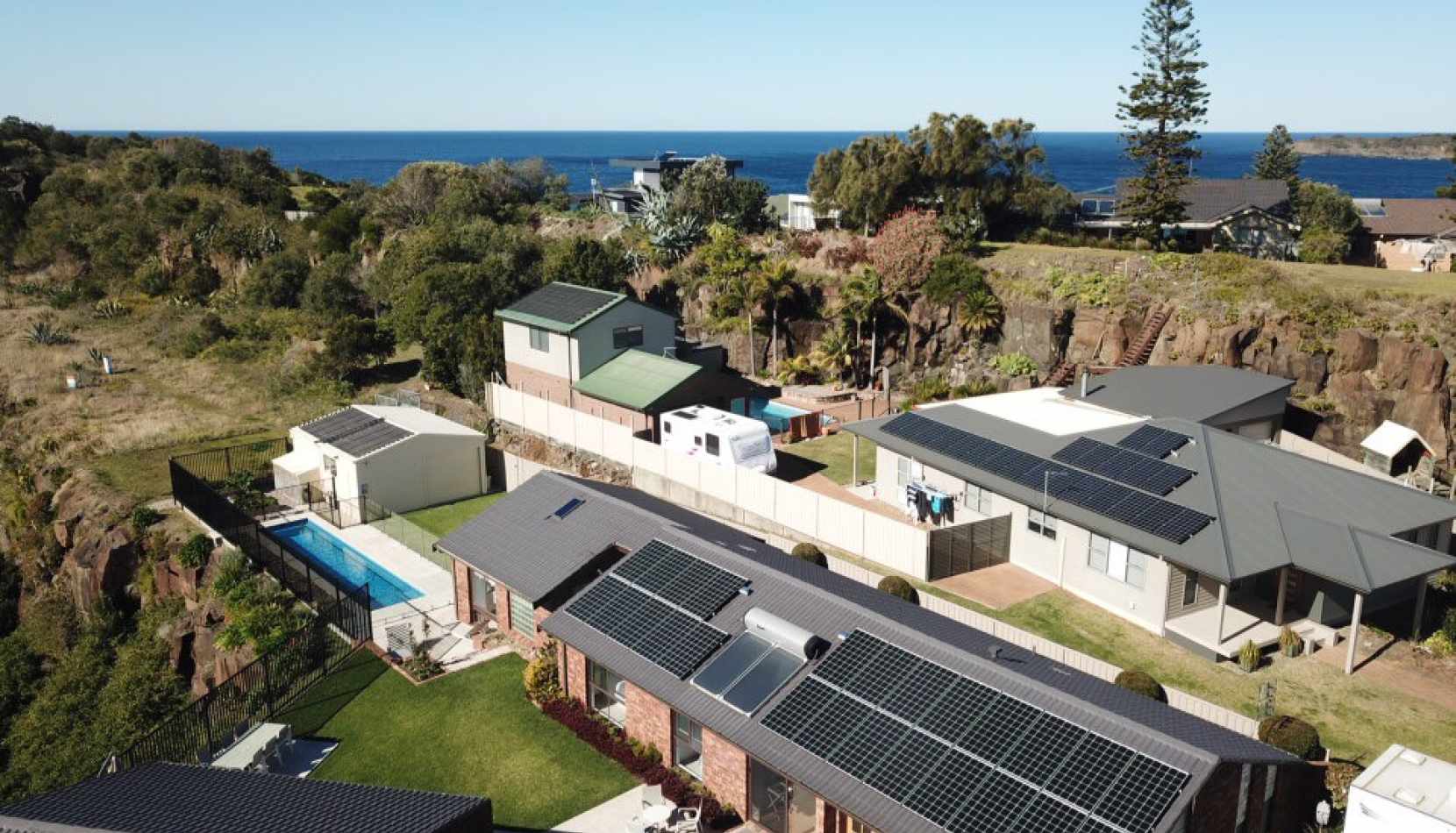
How much do roof solar panels cost? 6 misconceptions answered.
There are numerous misconceptions about solar panels disseminated on the web.
From how much solar panels cost to the carbon footprint attributed to producing them. It’s tricky to know which information is valid and which isn’t.
Let’s dive into the cost of solar panels and the ways in which they can help save you money. Let’s start by finding out the number of panels you will need for your home.
How many solar panels are needed to power a house?
The average homeowner needs 20-30 solar panels to balance their electricity cost with the price of the solar panels and the installation.
These numbers are determined by assuming the average household uses about 10,400 kWh annually and the amount of electricity capable of being produced by 250-watt panels.
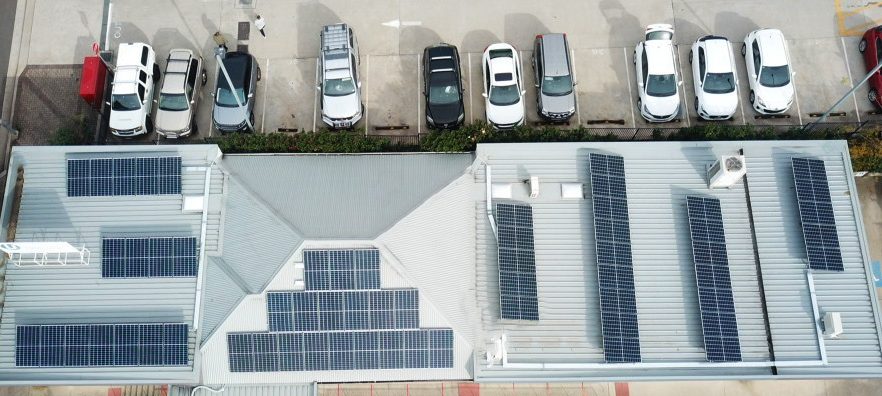
To calculate your own solar panel estimate, you need to look at how many kilowatt-hours (kWh) you use in a year. Your monthly bill will showcase your utility power consumption for the last twelve months.
For a better perspective, one kWh is equivalent to 1,000 watts of power in use for an hour. So, if your home has 20 lights that all use 50-watt bulbs, having them on for an hour uses one kWh of electricity.
The number of panels your home needs also depends on factors like panel performance and location. The cost also depends on how big the installation job is.
Curious to know how many solar panels your home would need? You can get a solar panel quote from Shoalhaven Solar that is customised to your energy needs and property. This will help you evaluate installation, panel prices and find what’s most suitable for you.
Solar prices in Australia have plummeted over the last decade, especially the price for a larger system.
Let’s look at the price of a regular 3 kW system, including installation.
The typical cost for a 6.6 kW solar system and installation is around $7,600.
The government rebate is $2,400.
So, the overall price for a 6.6 kW solar power system would be approximately $5,200.
Note: Please note that these panel costs and prices are estimates and assume that the components used are high-quality. For accurate prices, get a quote from Shoalhaven Solar to reflect your particular situation.
Regardless, the price for a PV system in 2024 is heavily subsidised thanks to the solar rebate scheme by the Australian government. Below are a few approximate prices for solar systems after rebates.
Panel System Strength | Number of Panels | Approximate Cost |
5 kW | 12 | $3,500 – $4,500 |
6 kW | 15 | $4,500 – $5,500 |
7 kW | 16 | $5,500 – $6,500 |
8 kW | 19 | $6,500 – $7,500 |
10 kW | 24 | $7,500 – $8,500 |
13 kW | 30 | $9,500 – $10,500 |
6 myths about solar panels
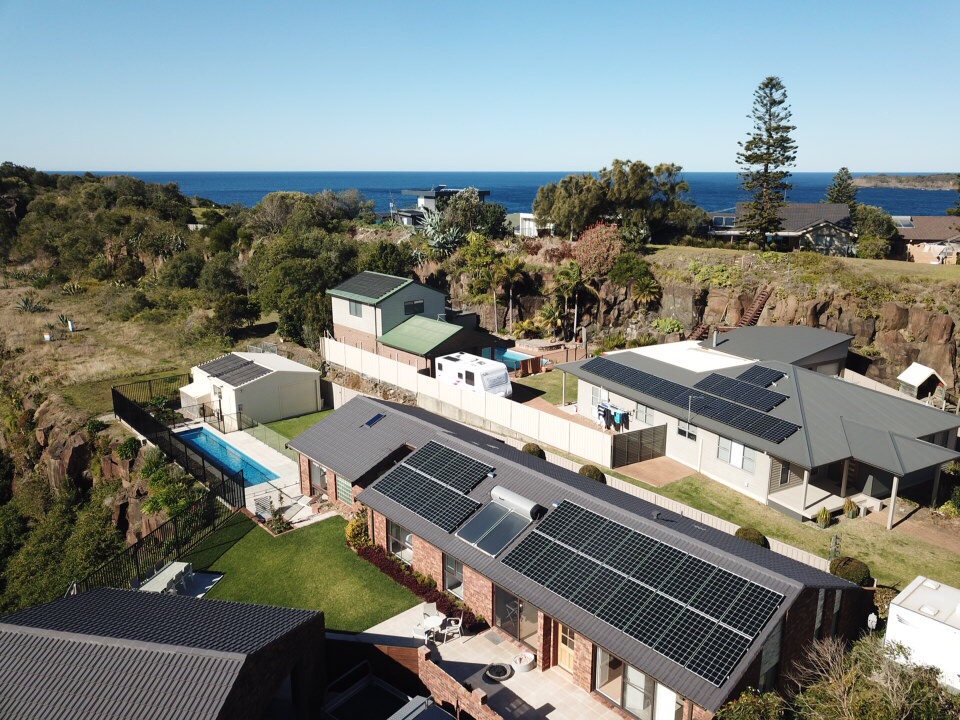
So then, how much do solar panels actually cost? You have to focus on the cost of installing solar panels first.
It all depends on the amount of wattage you want to generate and the size of your system. The initial investment of the installation might still be pricey. However, the opportunity for savings on your electricity bills justifies this purchase.
Myth #1: Solar panels are expensive and repay themselves slowly
This couldn’t be any further from the truth. Today there are numerous incentives, programs and schemes that reduce the initial cost of a solar system.
These include state-run programs or nationwide schemes or incentives. Luckily, some of these programs also focus on battery storage, allowing you to save even more.
Extra credits can vary by location. Depending on your state, you can receive extra incentives such as:
Property tax exemptions
Cashback
Waived fees
Expedited permits
You may also be eligible for a solar system rebate which is a small scale incentive by the Australian Federal Government. The rebate provides a discount on solar power packages and products.
If you invest in a grid-connected solar power system, you can receive full payback in 3-5 years. It all depends on your solar PV system size and electricity usage.
Read more: What government incentives and financing options are available for solar? and The 2024 NSW Government Home Solar Battery Rebate Scheme
Myth #2: My electricity bill is cheaper with a solar panel system
Our verdict? This is completely true. Here’s why. It all lies in how you utilise the energy made from your solar panels. If you maximise your solar system during the day, it reduces your electricity requirements at night.
For example, if you run your dishwashers or washing machines during the day instead of during the evening, you lower the need for electricity at night and reduce your grid-connected bills.
There’s more. If your solar panel generates any excess energy you don’t use during the day, you can receive a feed-in tariff. This is a credit on your bill that helps reduce your electricity cost.
If you want to save even more on cost and shift away from depending on the energy grid, consider investing in battery storage for your solar system.
Myth #3: Solar panels affect a home’s rental or resale value
Worry not, the value of your home will probably go up. There’s an increasing number of people turning towards renewable energy and solar power meets this demand. It’s clean renewable energy, affordable and will save you money in the long run.
85% of Australians consider solar panels a value-add when it comes to property. This is based on research conducted by RealEstate.com.au.
Better yet, the solar PV system size influences how much value is added to the property. So, the more panels you install, the more the property’s value increases. If you are after something that gives you an edge on the property market, solar panels can prove to be a good investment. Because electricity prices are expected to rise in the future, accessing solar power is all the more advantageous.
Myth #4: Solar panels need lots of care and maintenance
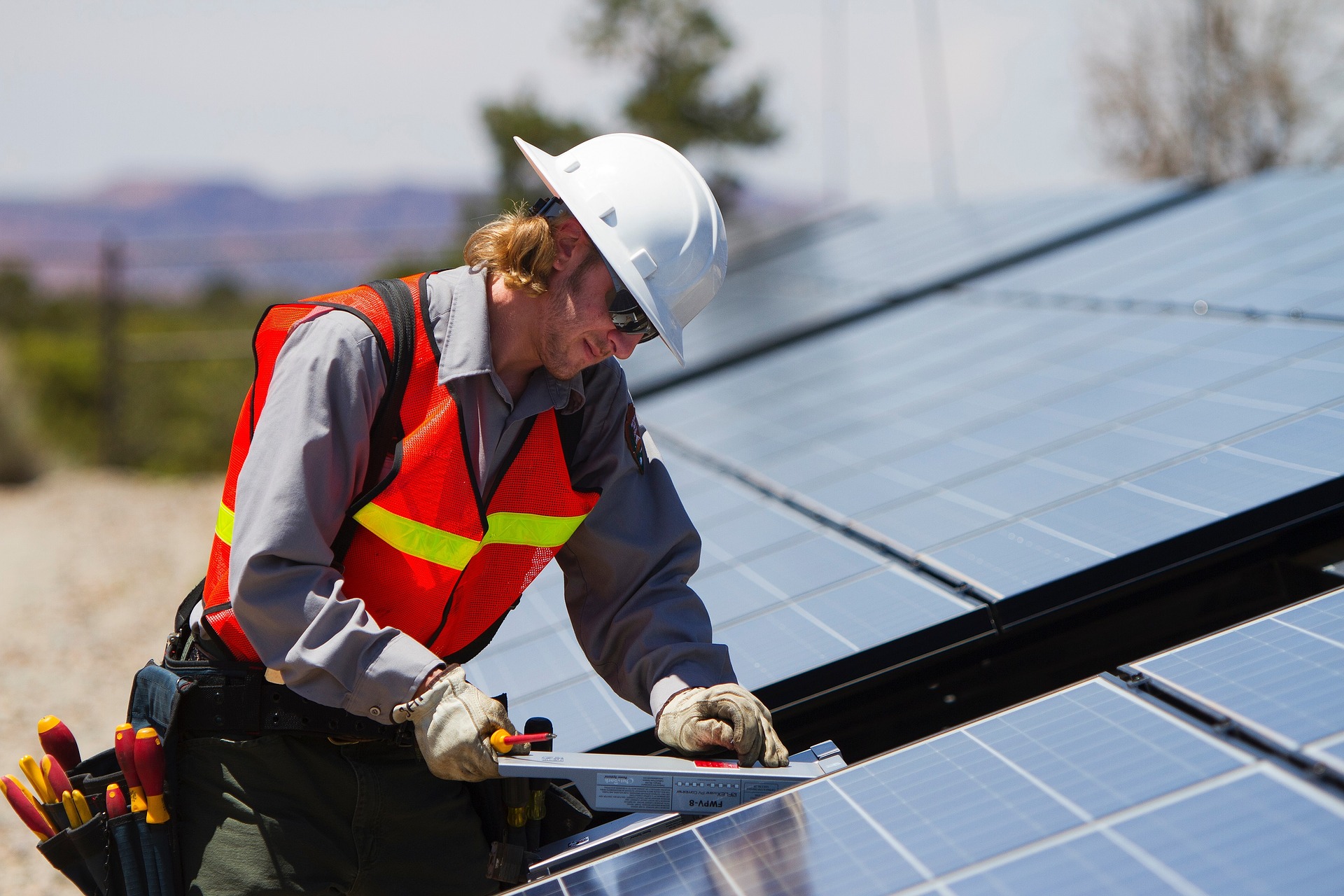
This is perhaps, one of the greatest myths about a solar system. They are pretty much maintenance-free and easy to take care of. You only need to ensure you give your system a simple dusting every few months. Clear out any dirt or debris and remove any shade sources. Check out our page if you want to know about solar panel cleaning – what to do, and what not to do!
Furthermore, most systems are designed to last for 20 years and don’t require much maintenance. If your system has any faults or efficiency issues, refer to its user manual and contact your installer for advice.
After installation, set up an annual inspection to check your solar system and panels. Solar arrays are designed with durability as their main feature and can even protect your roof from the elements.
Myth #5: Solar panels affect the electricity cost for those without solar
Of all the myths about solar panels, this is the most infamous one. It downplays the many advantages of getting a solar panel system. For many Australians, solar is the only way to reduce electricity costs. This has led to an incredible 2.2 million solar installations.
This number includes both homes and businesses, which goes to show just how widespread solar has become. Sadly, solar installation is not possible for everyone and this causes some to believe that those who go without have to pay more.
Here’s the truth. The peak demand for electricity is reducing thanks to solar energy from the millions of businesses and homes with panels installed. This is actually a bonus for the national grid. As cities and their populations grow, the demand for electricity necessitates the need for more transmission lines, new thermal generators and upgrades. The infrastructure costs then trickle down onto all electricity consumers.
The growth of solar panelling on city rooftops is reducing the need for network expansions and large transmissions in cities. This is because there is an abundance of solar energy, especially during hot days. This is particularly beneficial when the demand is very high.
There are some locations where the excess solar energy rises the grid voltage and shuts down solar inverters. This occurs when there is a concentration of homes with solar panels. On days like this, increasing self-use by heating water or adding a battery system is very beneficial.
Excess solar also reduces the need for expensive gas plants or power stations. It helps reduce the wholesale electricity price across several states. This is why at the end of the day it’s not a question of how much do solar panels cost, rather how much do they save?
Myth #5: Solar panels are pointless because I don’t use power during the day
You still stand to benefit from solar power in many ways. It all boils down to how you optimise your consumption. You can save on costs by using battery storage, solar feed-in tariffs or using appliances on timers.
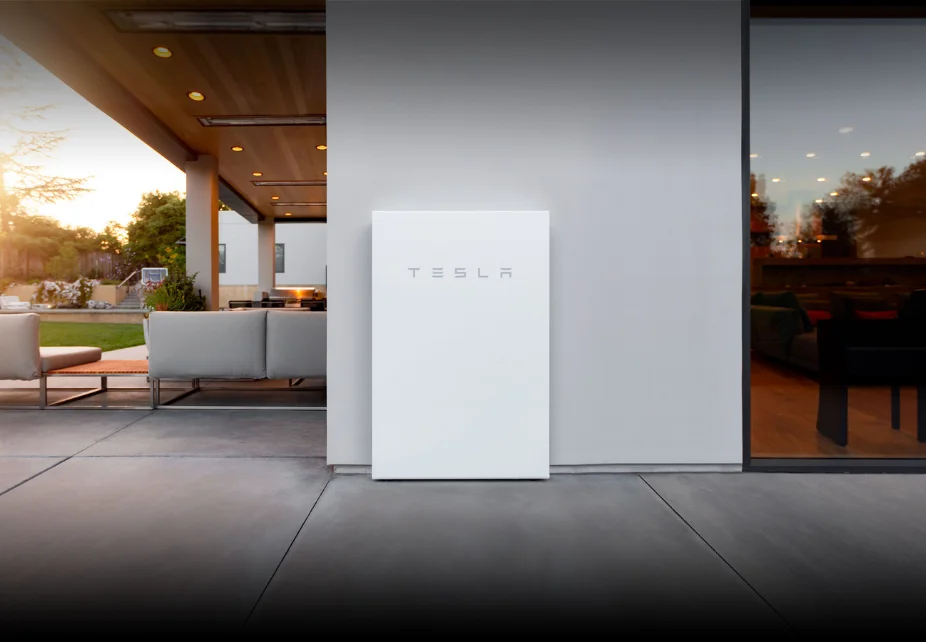
Why not focus on using your free solar electricity during the day instead? Then at night, you can find ways to reduce your energy use such as:
Use your dryer, washing machine or dishwasher on timers during the day.
Charging battery-powered appliances or devices during the day e.g., phones, tablets, rechargeable vacuum cleaners.
Have your air conditioner run on a timer during the day to cool or heat your home. This will result in less energy required during the evening.
The amount of electricity you use from the grid can be reduced by investing in a solar power system with battery storage capabilities. This combo will generate enough electricity to counterbalance your day and night time energy use.
How much can you save with a solar system?
When seeking out the best panel prices on the market, consider the multiple variables first. Certain panels have higher efficiency ratings than others, but it doesn’t mean they result in higher savings.
One way to ensure you get the best deal is to evaluate quotes with varying financial offers and equipment. Call us to enquire about our panel and installation prices here.
At Shoalhaven Solar, we provide high-quality products that leave a positive impact on our communities. Our aim is to create a more sustainable future by innovating products that help you rely less on energy retailers.
We work to inform you of the benefits of using high-quality solar energy systems and also watch out for costs in the process. We are accredited by the Clean Energy Council to install solar panels for you. And make the whole process simple and efficient.
Our experts are available to answer any questions you might have Monday to Friday. Call us now for a free assessment and quote.
To learn more, you can download our “Ultimate Guide to Solar” which includes all you need to know, including:
How solar power works.
A price guide to solar panel costs.
The difference between on-grid and off-grid systems.
Ways to save on cost with solar PV systems.
All about the government rebate.